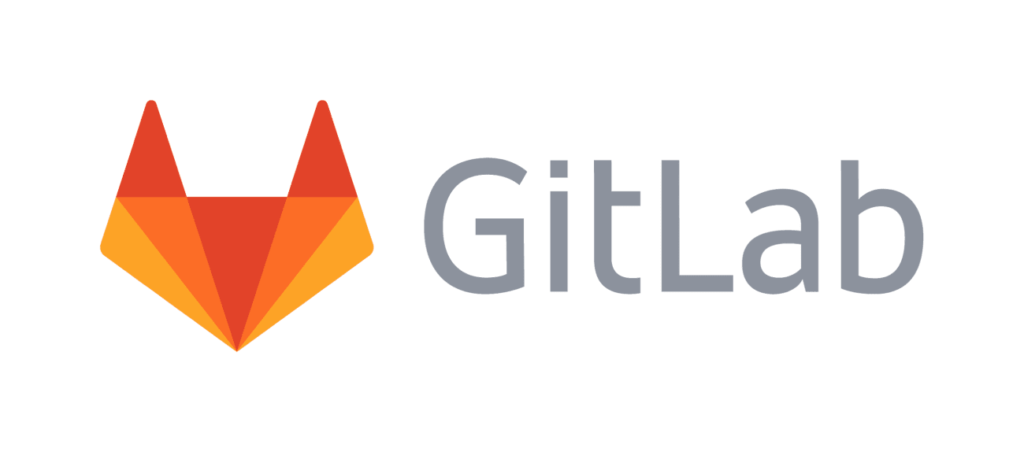Jenkins vs GitLab-CI: In-Depth Comparison with a Focus on GitLab-CI’s Paid Features
In the realm of CI/CD tools, Jenkins and GitLab-CI stand out for their distinct functionalities and integration capabilities. A critical aspect to consider when comparing these tools is the difference between GitLab-CI’s free and paid versions, which can significantly impact the decision-making process for organizations.
Feature Set: Diving Deeper into GitLab-CI’s Paid Version

While Jenkins is known for its comprehensive and flexible features available in its open-source version, GitLab-CI presents a different scenario with its free and paid versions. The free version of GitLab-CI offers basic CI/CD capabilities, sufficient for small projects or teams starting with CI/CD practices. It allows users to define their CI/CD pipeline configurations using YAML files and provides a straightforward approach for automating the software deployment process.
However, the paid version of GitLab-CI, available in GitLab’s premium tiers (such as Silver/Gold or Premium/Ultimate), unlocks advanced features that are particularly beneficial for larger organizations or more complex projects. These features include:
- advanced CI/CD Pipeline Configuration: Enhanced control over pipeline configurations, including multi-project pipelines and dynamic child pipelines.
- Security and Compliance Features: Integrated security features like vulnerability scanning and compliance management, which are crucial for enterprise-level projects.
- Deployment and Monitoring: Advanced deployment options like canary deployments and enhanced monitoring capabilities for real-time performance insights.
- Higher CI/CD Limits: Increased limits on CI/CD job processing and more resources, essential for handling high volumes of CI/CD jobs.
- Premium Support: Access to better support services, which can be crucial for businesses relying heavily on their CI/CD pipeline for deployment and operations.

These additional features in the paid version of GitLab-CI provide a more robust and comprehensive toolset, catering to the nuanced needs of complex and large-scale CI/CD environments.
I’ve previously worked with Jenkins and am now using GitLab-CI (Free) for my CI/CD tasks, which are fairly simple. Despite this, I haven’t found a compelling reason to switch back to Jenkins, especially since we’re already utilizing Git.
Pricing: Weighing the Cost-Benefit of GitLab-CI’s Paid Version
The decision between the free and paid versions of GitLab-CI often comes down to a cost-benefit analysis. While the free version offers adequate functionality for basic needs, the advanced features of the paid version can be critical for organizations with specific requirements, such as enhanced security, complex deployment strategies, and extensive CI/CD pipelines.
Balancing Needs and Resources
The choice between Jenkins and GitLab-CI, especially considering GitLab-CI’s free and paid versions, requires a careful assessment of an organization’s specific CI/CD needs, budget, and future scalability plans. Jenkins, with its open-source robustness, caters to a broad range of requirements, including complex and resource-intensive environments. GitLab-CI’s free version serves basic needs effectively, while its paid version offers specialized features for more demanding scenarios.
In conclusion, the selection of the right CI/CD tool, whether Jenkins or GitLab-CI (free or paid), should align with the organization’s project complexity, desired level of support, security requirements, and budget considerations.